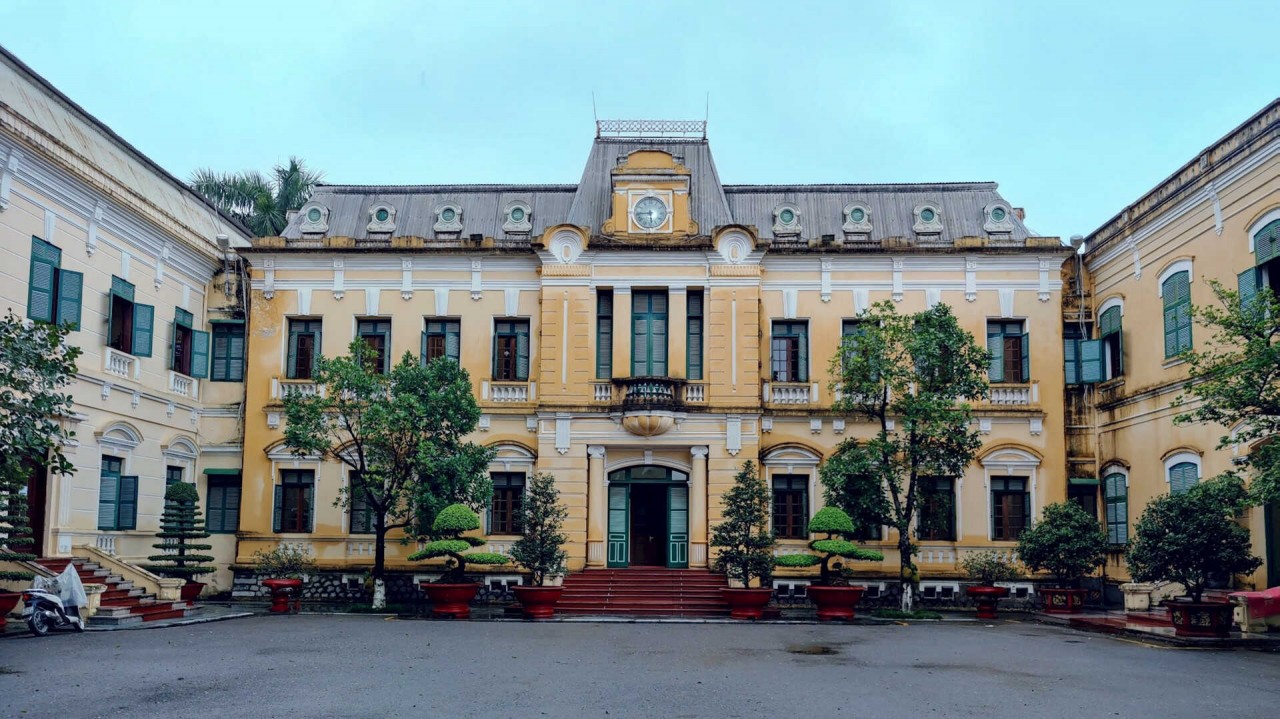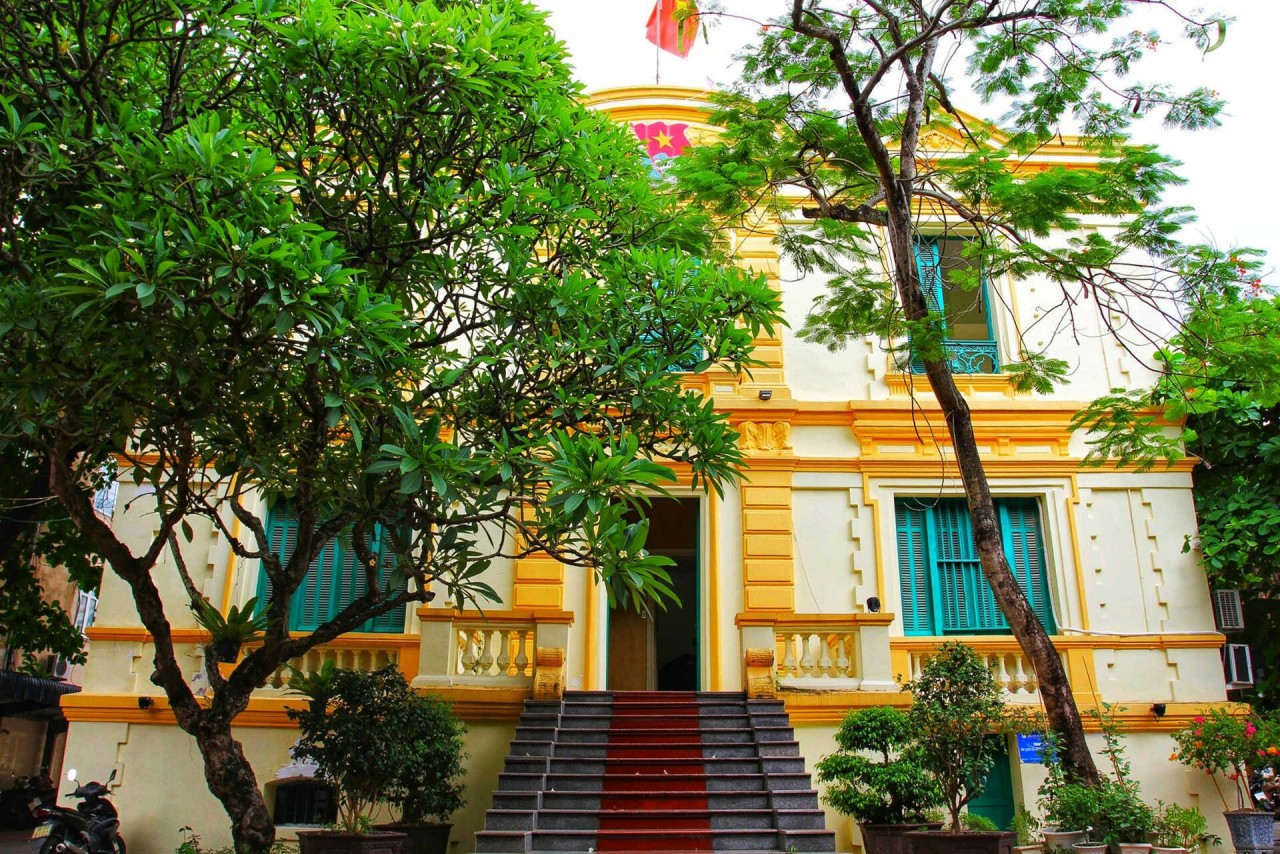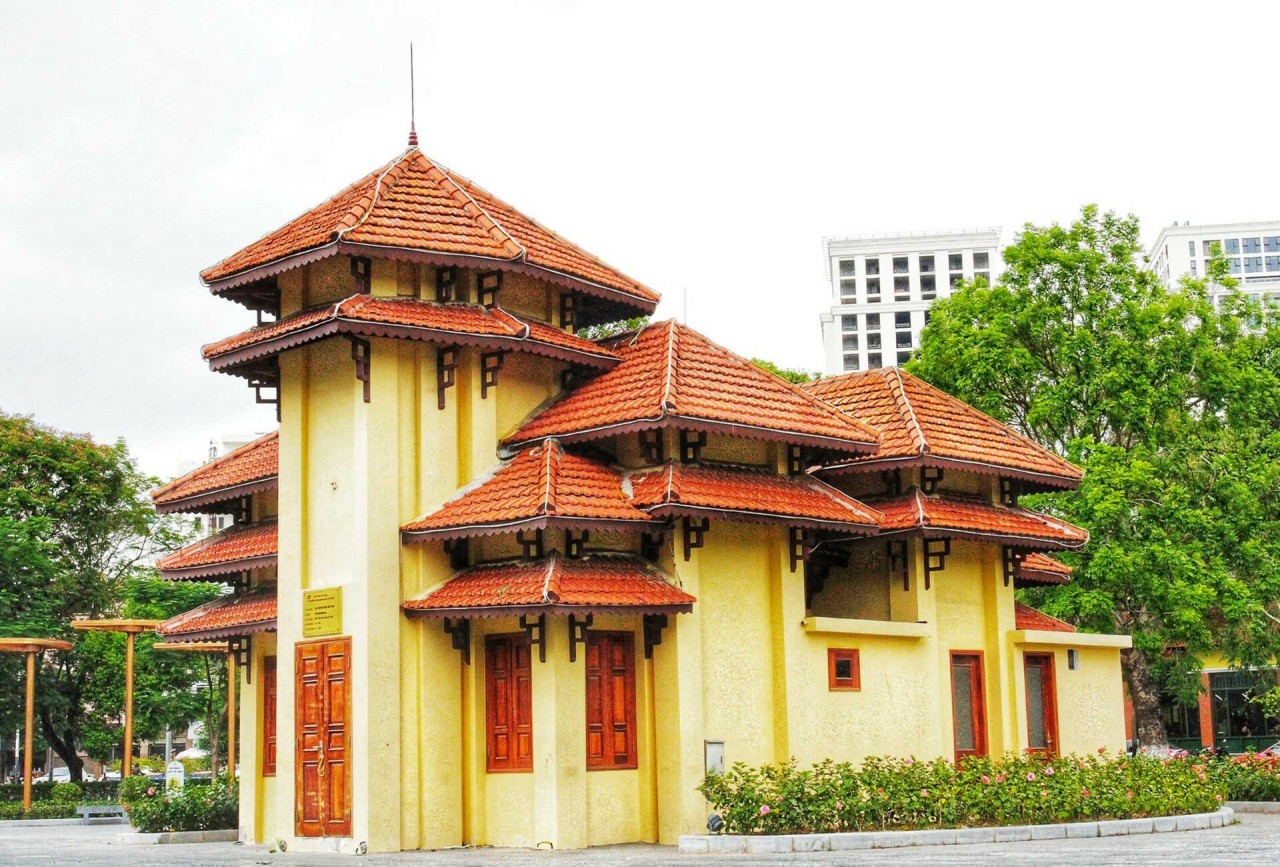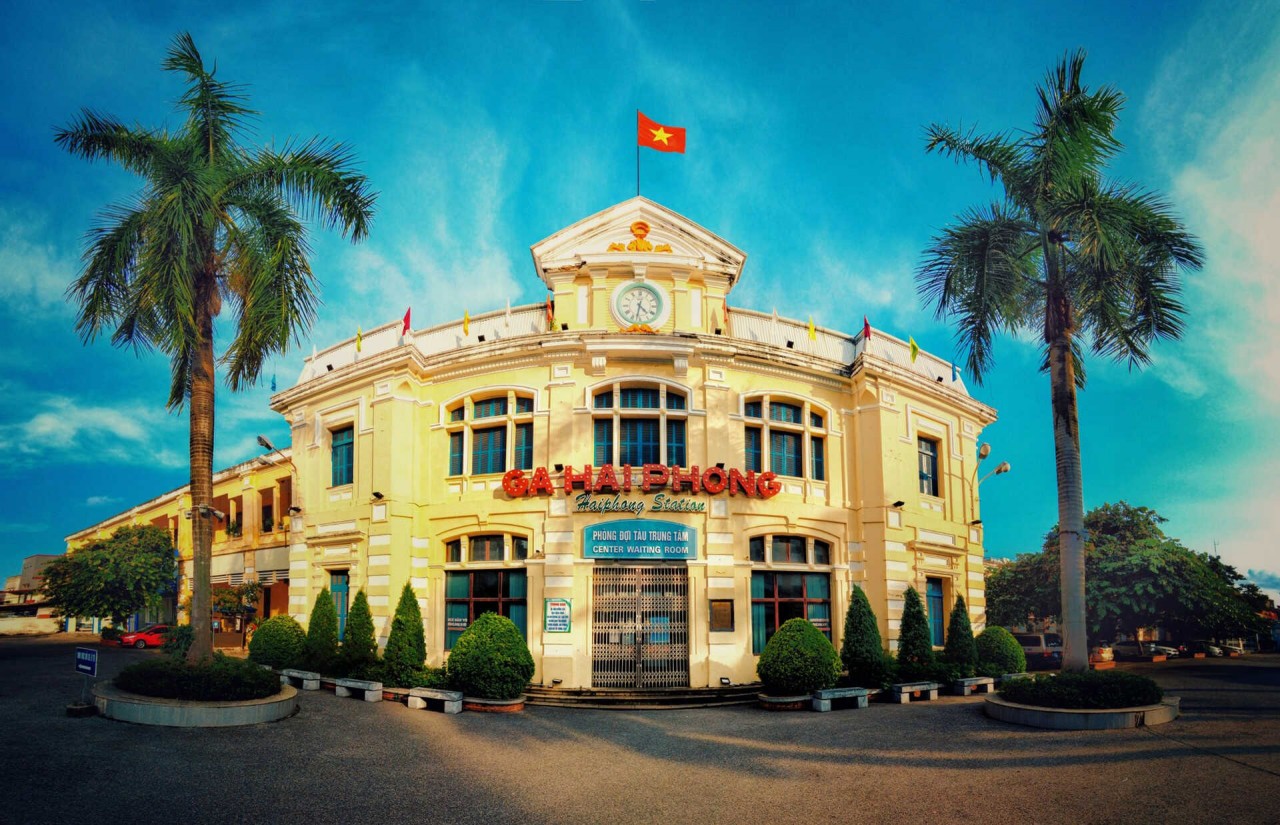Exploring the French Architectural Gems of Hai Phong by the Sea
As one of the most important cities in Vietnam during the French colonial period, Hai Phong has a rich architectural heritage influenced by French design. These buildings are not only important cultural landmarks, but also serve as reminders of the city’s historical development.

The Governor’s Building is currently the headquarters of the People’s Committee of Hai Phong City. Photo: Le Minh
East meets West in architecture
The urban development of Hai Phong lagged behind that of larger cities like Hanoi, Saigon, and Da Nang after the war. However, the city’s architectural charm lies in its harmonious blend of Asian and European influences. Many neighborhoods in Hai Phong still boast well-preserved French colonial-era buildings, such as the villas in Hong Bang district. Notable structures include the former Hai Phong City Hall (now the Hai Phong People’s Committee Office) and the town hospital (now the Military Hospital 7), which were among the first buildings erected by the French in the city.

Near the Opera House is Tran Hung Dao Street, where is the private house Fesquet of a French doctor. This building is currently the headquarters of Hai Phong Youth Union. Photo: Nguoihanoi
“In 1885, the French started to develop Hai Phong into a port city by building canals based on the Lien Khe Canal of An Bien Village,” said Do Xuan Trung, deputy director of Hai Phong Museum to Viet Nam News.
At a recent Scientific Conference on the promotion of French colonial urban heritage in association with cultural tourism in Hai Phong, Associate Professor – Dr. Nguyen Hong Thuc praised the city’s well-preserved French heritage sites that have become popular tourist destinations.
The tangible presence of history in architecture
Historical documents show that the City Hall, completed in 1905, has been well-preserved and almost unchanged over the years. The building features a symmetrical design with two stories and sophisticated decorations. Its functionality and adaptability to the Vietnamese tropical climate make it stand out from later buildings constructed by the Vietnamese.

In Kim Dong Park, there is a multi-roofed building built in 1942, now the library of Hong Bang district. Photo: Nguoihanoi
Due to its low terrain and marshland areas, the French engineers constructed the Bonal Canal to separate the residential areas of the French colonials and the Vietnamese indigenous people.
One of the most famous French works in Hai Phong is the Municipal Theater. The Hai Phong Opera House, designed by a French architect inspired by the Paris theater, features an elegant appearance and European-style interior.

Hai Phong hosts 500 heritage sites, 115 of which have been recognized as national heritage sites. Photo: Nguoihanoi
In July 2021, Chairman of Hai Phong People’s Committee Nguyen Van Tung established a council to examine and preserve residential areas, buildings with high artistic values, and culturally significant sites. The council is comprised of representatives from various agencies, sectors, and localities.
The post Exploring the French Architectural Gems of Hai Phong by the Sea appeared first on Vietexplorer.com.
Nhận xét
Đăng nhận xét